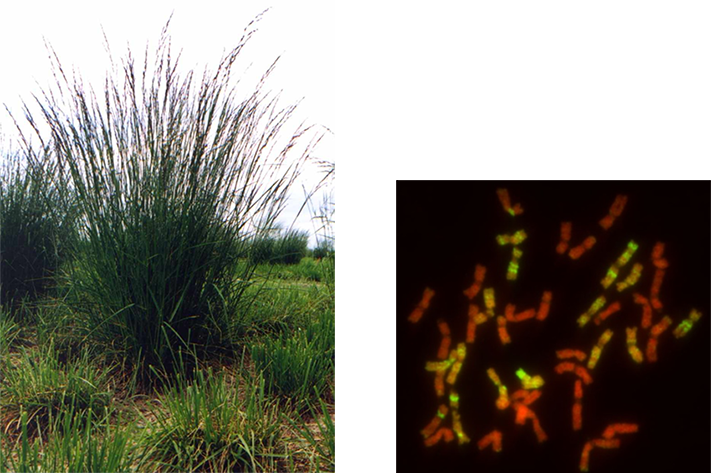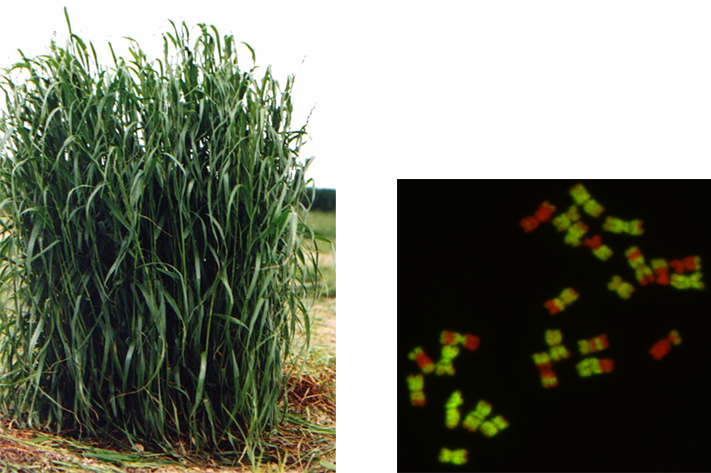Breeder's Corner - festulolium
We asked our own festulolium expert, Vladimir Cernoch, to talk about the differences, and to explain how his breeding programme is pushing for even better performance.
09/12/2016
Festulolium is a broad grass genus. It contains many species and numerous varieties, the characteristics of which depend on the parental components within each cross. For forage-growing, however, two species cater for most management styles and climates:
Festulolium, type tall fescue (Festulolium krasanii) – a tall fescue and Italian ryegrass cross
Festulolium krasanii varieties tend to look like tall fescue. They contain only a small proportion of Italian ryegrass genes. In terms of feed quality and seed yield, they perform better than tall fescue.

DLF breeding programme goals
- High dry-matter yield for conservation and grazing
- High digestibility
- High palatability through soft leaves and high sugar content
- Better tolerance to stress from drought and frost
- Increased disease tolerance, mainly to Xanthomonas, rust and snow mould
- Early spring growth and a high yield at first cut
- Varieties that thrive on a low input
Festulolium krasanii varieties: HYKOR, FELINA, FOJTAN, HIPAST
Our newest variety, HIPAST, has already been approved in Czech Republic, France and Denmark for improved feed quality, good ground cover, and softness of leaves.
Coming soon: six more varieties currently undergoing official trials.
Festulolium, type ryegrass (Festulolium braunii) – a meadow fescue and Italian ryegrass cross
Although Festulolium braunii varieties look like Italian ryegrass, they exhibit minor differences such as spike branching. There are performance differences, too, for characteristics such as higher persistency and better stress tolerance.
Newer varieties are moving closer to meadow fescue as we introduce more meadow fescue genes into our crosses.
Our breeding programme does well because our portfolio includes so many already tested and approved varieties. To develop a variety for a particular soil condition or management style, we take genes from existing varieties that suit those conditions.
You can grow Festulolium braunii varieties in a pure stand or in legume-grass silage mixtures. In grazing and meadow mixtures, Festulolium braunii is a potential replacement for any type of ryegrass or meadow fescue.

DLF breeding programme goals
- High dry-matter yield for conservation and grazing
- High digestibility
- Better tolerance to stress from drought and frost
- Increased disease tolerance, mainly to Xanthomonas, rust and snow mould
- Persists for between 1,5 and 4 years under a regime of three or more cuts a year
- Vigorous spring growth
Festulolium braunii varieties: PERUN, PERSEUS, ACHILLES
Newly listed varieties are HELUS and HOSTYN.
Coming soon: four more varieties currently undergoing official trials.
